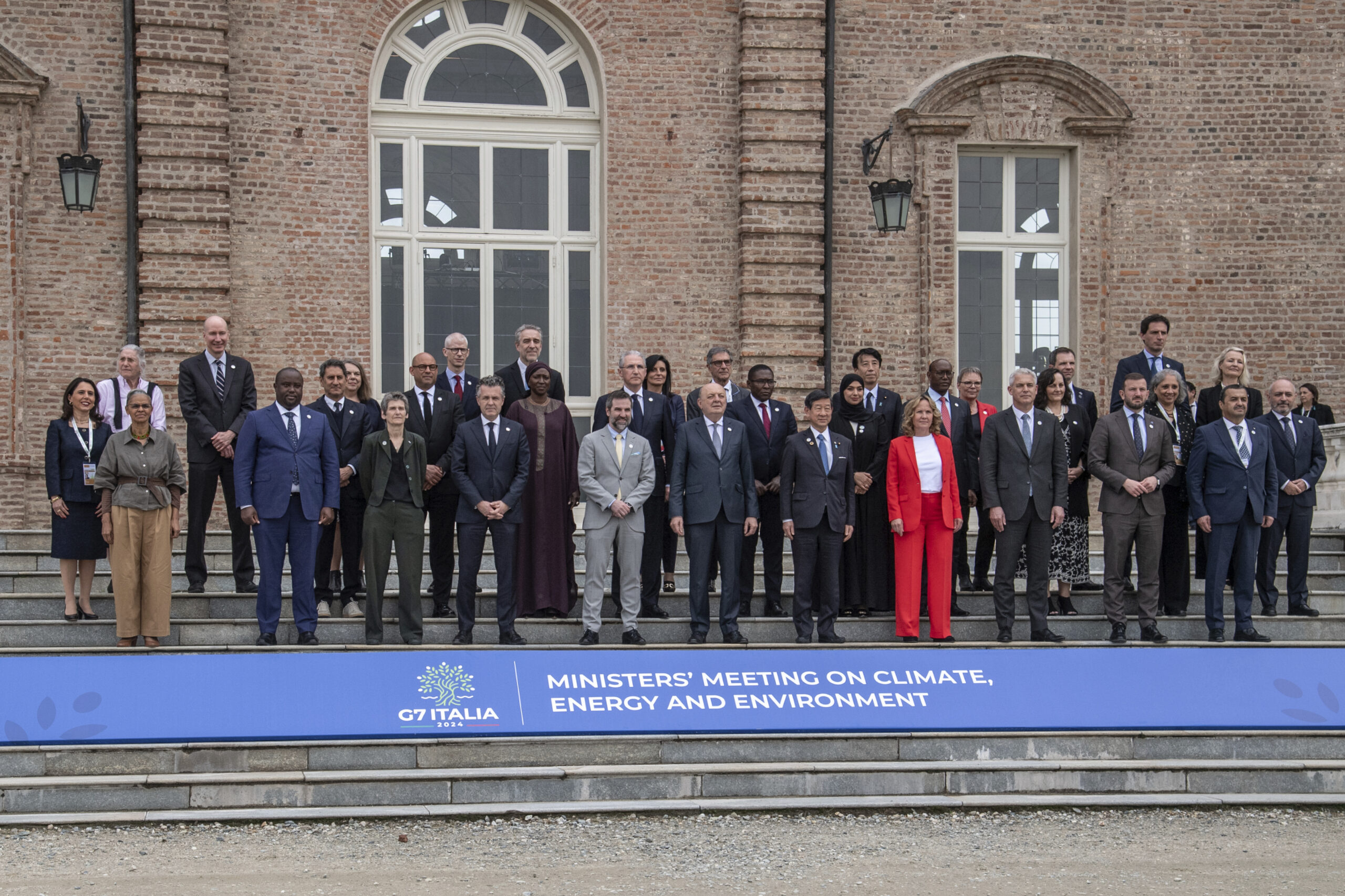


Energy and climate ministers from Group of Seven industrialized nations agreed Tuesday to phase out their coal-fired power plants in the next decade — a breakthrough in talks aimed at ending reliance on the world’s dirtiest fossil fuel.
The officials said in a communique that they agreed to “phase out existing unabated coal power generation in our energy systems during the first half of 2030s.”
The agreement comes just months after a similar effort failed to secure global buy-in at the COP28 summit in Dubai.
The rules are largely in alignment with U.S. goals set under President Joe Biden, who has pledged to halve U.S. carbon pollution by 2030 and eliminate all carbon emissions from the power sector by 2035. The administration published four new rules last week intended to pursue that goal.
Tuesday’s communique also allows an alternative timeline “consistent with keeping a limit of 1.5°C temperature rise within reach, in line with countries’ net-zero pathways.” That provision was meant to allow leeway for member countries Japan and Germany, which rely on coal for up to a fourth of their respective electricity mix.
Japan, a net energy importer that relies on foreign countries for 95% of its energy resources, has not yet set a planned phase-out date for coal plants. Germany, for its part, has committed to retiring its coal-fired fleet by 2038.
Coal power accounts for 16% of all electricity from G7 members, according to a recent report from the think tank Ember.
The G7 announcement was praised by various clean energy and trade groups, including the Global Renewables Alliance, which represents solar, battery, and hydropower interests, among others.
The global energy storage target supported by G7 countries “represents a six-fold increase by 2030” compared to earlier goals, Global Renewables Alliance CEO Bruce Douglas said in a statement, adding that it “sends a strong market signal for the direction of travel and is essential to the tripling of renewables.”
But the agreement met criticism from Sen. Bill Cassidy (R-LA), who said the effort will allow high emitters outside the G7 to continue building out new coal plants without restrictions.
Cassidy introduced legislation last fall that would impose fees on imports from high-emitting countries such as China and India. That effort, dubbed the “Foreign Pollution Fee,” is a “better solution,” he posted on X.
Italian Energy Minister Gilberto Pichetto Fratin, whose country holds the rotating G7 presidency this year, said leaders had also discussed the possibility of slapping new restrictions on European Union imports of Russian liquefied natural gas, which have risen since its 2022 Ukraine invasion to become the bloc’s second-largest supplier, behind the United States.
Europe’s biggest gas groups have warned the Biden administration’s pause on new LNG export terminals could dampen industrial activity, force factory closures, and erode trust between leaders in the U.S. and EU.
CLICK HERE TO READ MORE FROM THE WASHINGTON EXAMINER
Fratin told reporters in Turin this week that the issue of LNG is “on the technical and political agenda” for G7 leaders, though he declined to share additional details.
“We are working on it,” he said of the push to restrict Russian LNG. “If there is a final decision, I will communicate it.”
